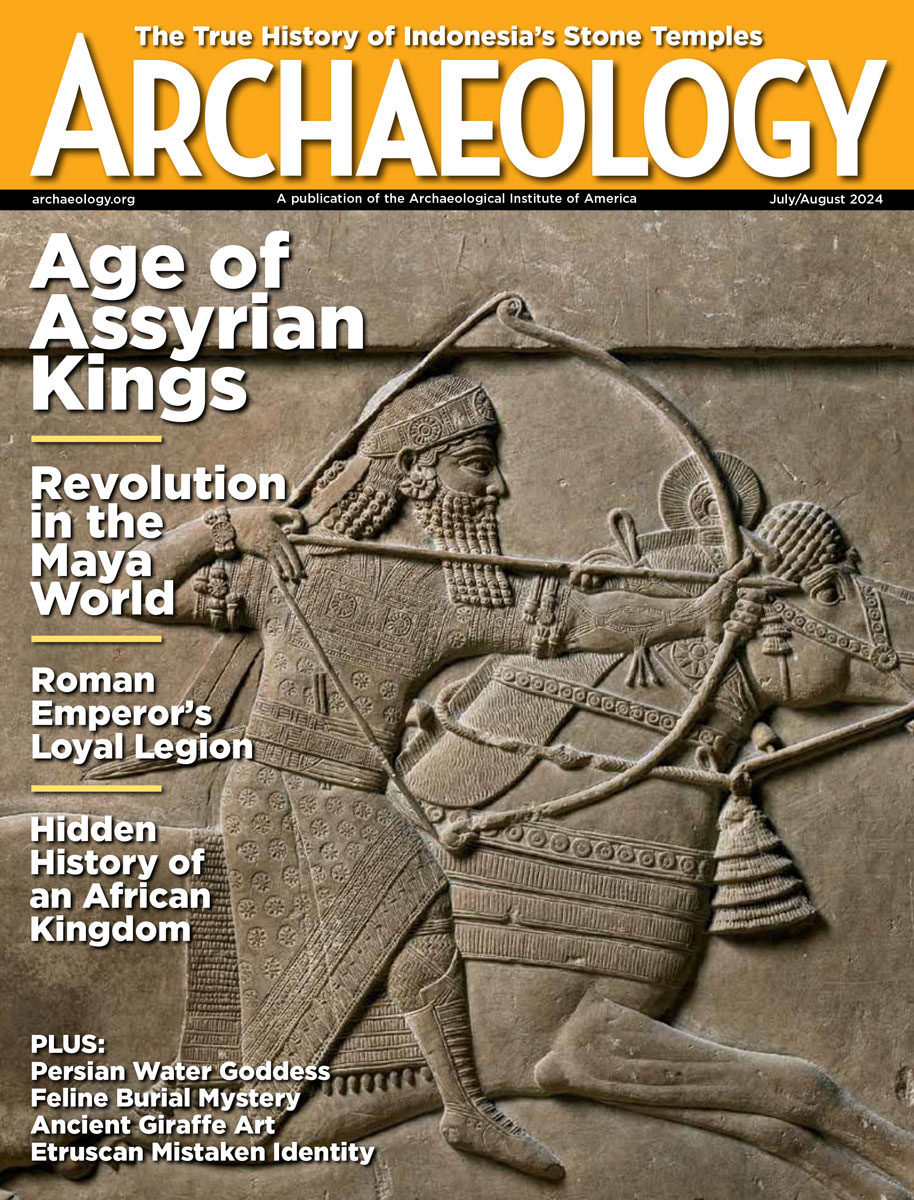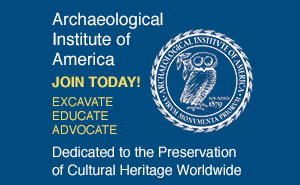Monday, April 2
April 2, 2012
The government of Turkey has asked several American institutions to return antiquities thought to have been illegally excavated and smuggled out of the country after 1906, when a law was passed that declared all antiquities in the ground the property of the state. Many of the objects in question have been acquired by the museums since the 1960s, and sometimes through transactions with antiquities dealers known to have ties to the black market. Artifact loans could be denied to museums that refuse to cooperate. “Turkey has been fighting against illicit trafficking of cultural objects since the Late Ottoman Period. Many ways were tried during the past years but they were not sufficient,†said Murat Suslu, director general for cultural heritage and museums.
Bulgaria’s National Museum of History announced the discovery of a solid gold ring inlaid with a semi-precious stone, and a golden leaf from a wreath, outside the fortress gate of Sozopol, which is located on the coast of the Black Sea. The ring dates from the Roman period, and the golden leaf is thought to have been manufactured for trade with the Thracians.
Records kept by Ralph Glidden, who dug up hundreds of American Indian burial sites on Santa Catalina Island and other Channel Islands, have been found in storage at the Catalina Island Museum. Glidden sold what he found during the 1920s and 1930s, and is known to have made exaggerated claims about his discoveries, in addition to building a museum out of human bones, in order to boost sales. His records were donated to the Catalina Island Museum in 1968 and then forgotten. “These are going to fill a lot of holes in the historical records,†said Wendy Teeter of the Fowler Museum at the University of California, Los Angeles.
During Germany’s medieval period, the two independent towns of Berlin and Cölln grew on either side of the River Spree.  Archaeologists have been excavating Cölln, which was eventually swallowed up by the expansion of Berlin and then covered by a parking lot. They have found the foundations of a brick church, a town hall, and a school that burned down in 1730. The well-preserved remains of nearly 4,000 people have also been uncovered, along with more than 200,000 artifacts.
The rock art of the remote Pilbara area, including the Burrup peninsula, will be documented by scientists from the University of Western Australia as part of an agreement with a mining company. Rock art on the Burrup peninsula could be some of the earliest on the continent, and was placed on the National Heritage List in 2007. The mineral-rich region has been has been developed recently by energy companies. “It’s surprising that we don’t know what is there but that is very much the case for everywhere in Australia,†said rock art expert Jo McDonald.
- Comments Off on Monday, April 2









